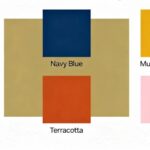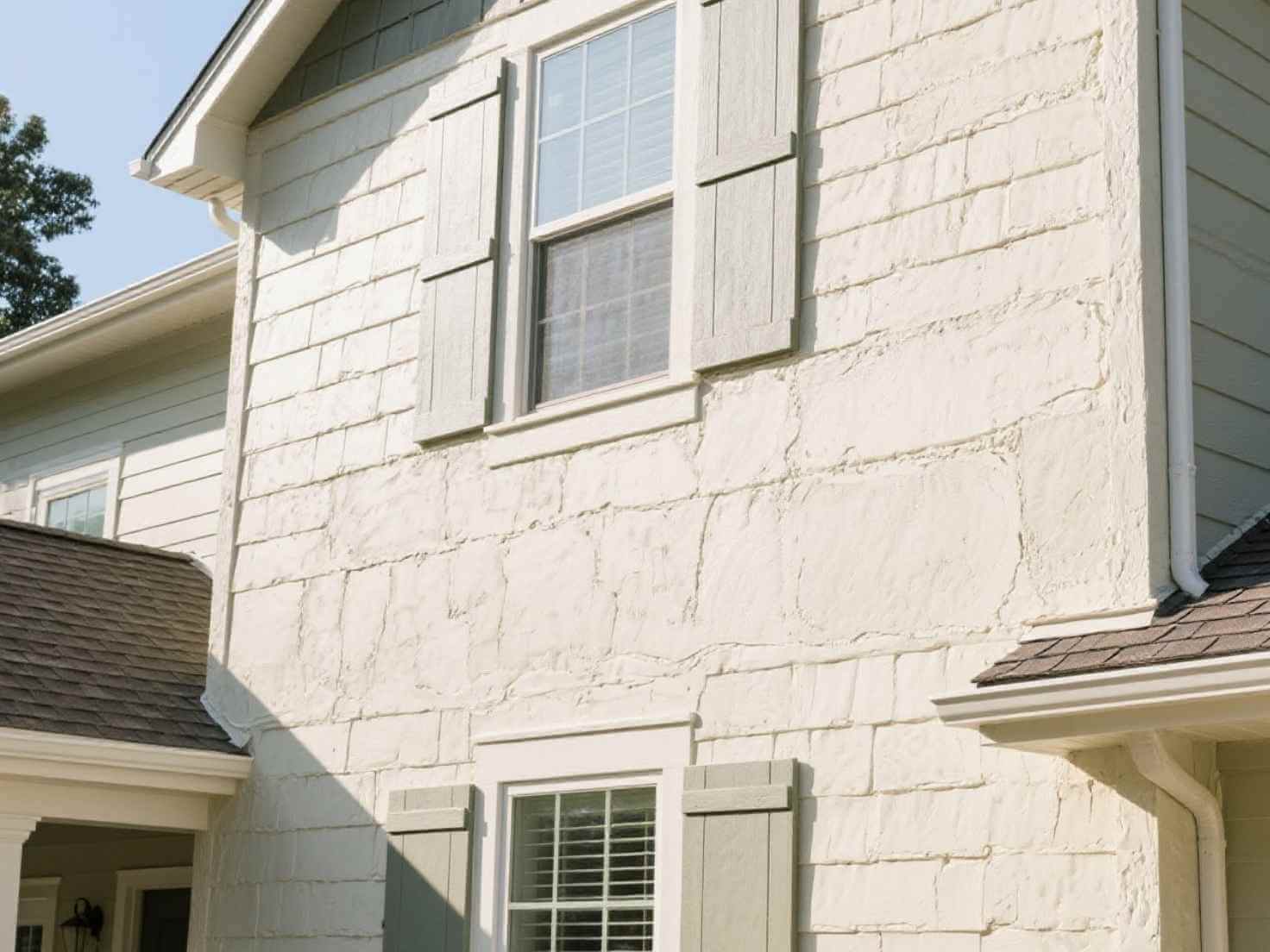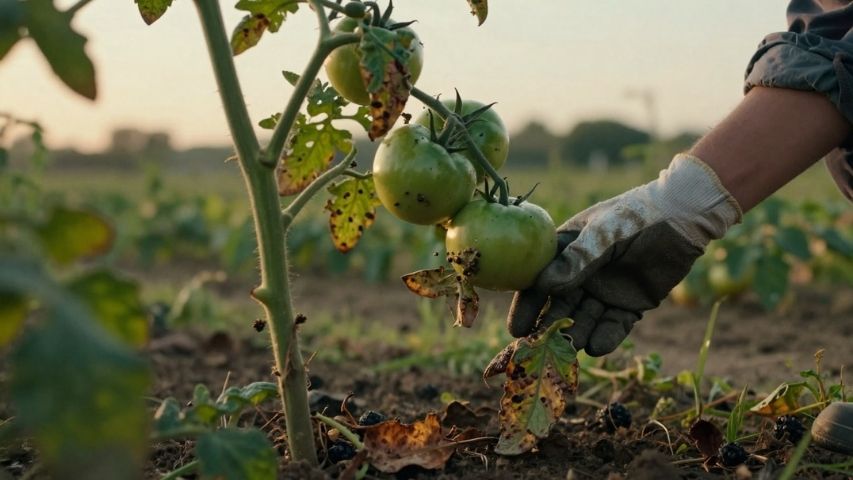A home’s exterior has several layers that help protect it. The outermost layer, called siding or cladding, is especially important for keeping your home strong and long-lasting. While vinyl siding and fiber-cement panels are common, stucco has been a trusted and popular option for hundreds of years.
Stucco is a flexible plaster coating that works on both masonry and wood-framed homes, so it fits many architectural styles. This guide covers what stucco is made of, how it’s applied, and its pros and cons. By the end, you’ll know if this classic finish is right for your home.
What Is Stucco?
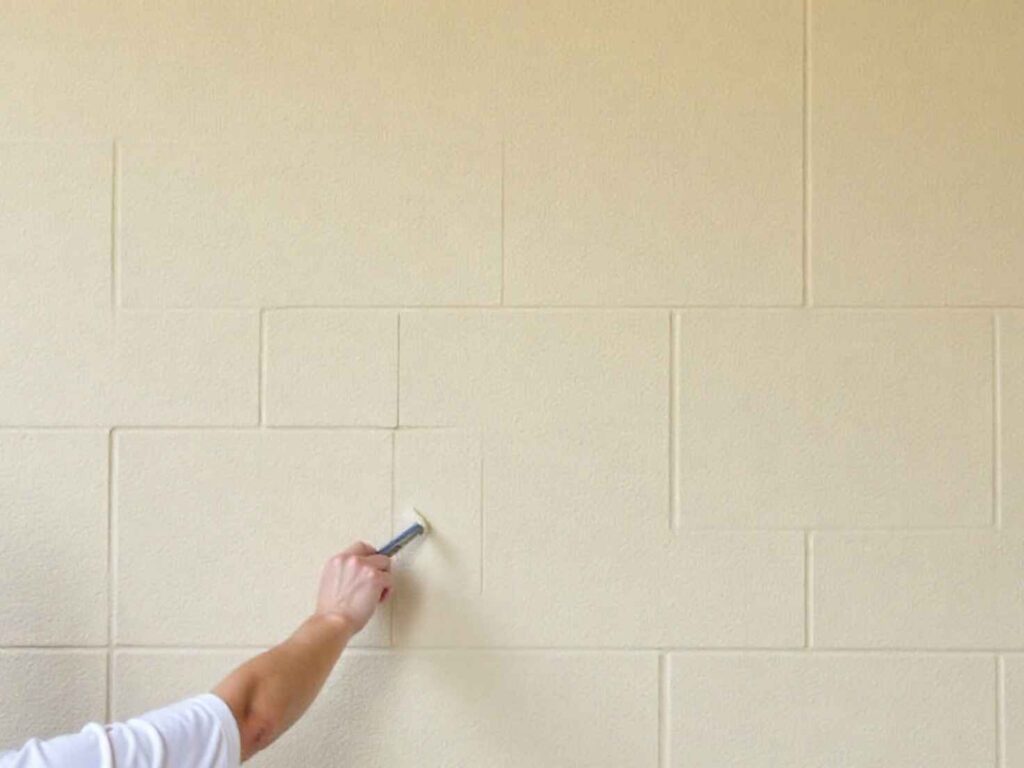
Stucco is a cement-based mixture composed of Portland cement, sand, lime, and water. (Basalite® Stucco Premix, n.d.) These ingredients are combined to form a paste that is applied wet to a surface. As it dries, it hardens into a durable and solid finish.
Stucco is usually found on the outside of houses, but it can also be used to decorate interior walls and ceilings. You don’t need to mix it from scratch. Most home improvement stores offer pre-mixed stucco finishes that just need water, making preparation easier. (Quikrete 8650 Pre-Mixed Stucco Patch, 1 Quart, n.d.)
Types of Stucco Finishes
Stucco comes in several looks, mostly based on its texture and finish. Here are four main types of stucco finishes:
- Sand Finish: This popular style has a grainy, textured look because of the high sand content in the mix.
- California Finish: Also called a “cat face” finish, this style is mostly smooth with some rough patches, giving it a unique, varied appearance.
- Smooth Finish: As the name suggests, this finish is flat and has no texture, giving a clean, modern look.
- Mission Finish: Also called a Santa Barbara finish, this style is left unpainted, which gives it an earthy, traditional look.
Stucco Application Methods
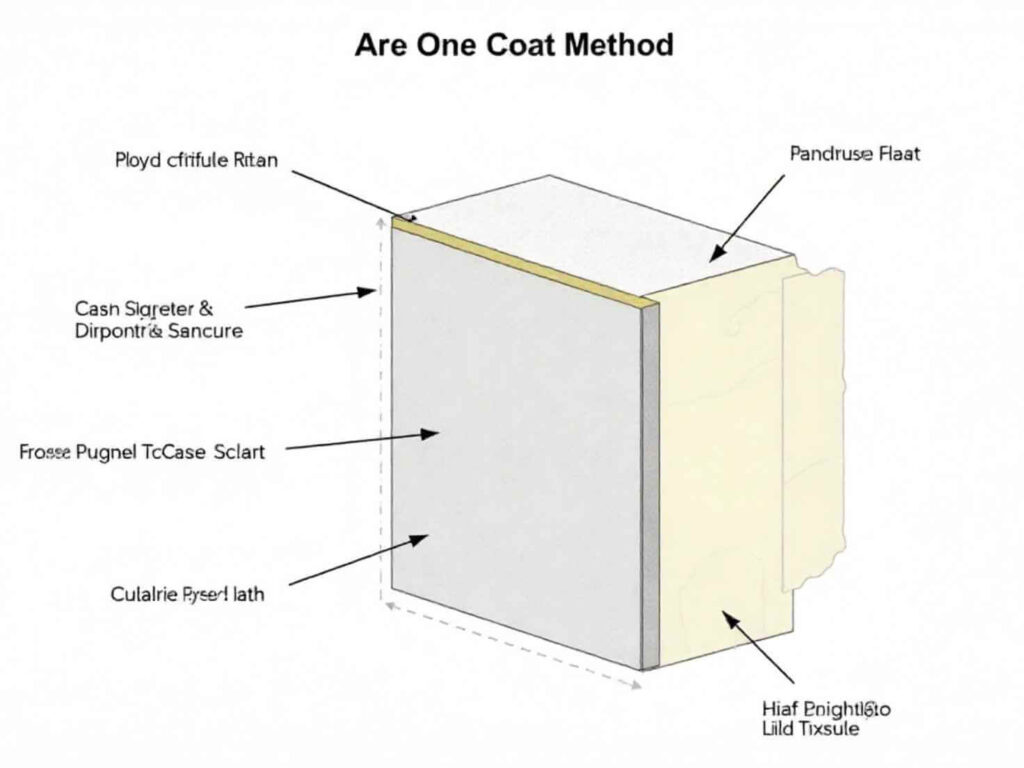
There are three primary methods for applying stucco, each with its own distinct process and optimal applications. (Stucco – Inter NACHI®, n.d.)
- One-Coat Method: This uses a single layer of a special mix with Portland cement, sand, fibers, and other chemicals. It’s quicker to apply and works over rigid foam board and lath.
- Two-Coat Method: Usually used on brick and block walls, this method needs a bonding adhesive to help the stucco stick. It skips the “brown coat” and puts the finish coat right over the first “scratch coat.”
- Three-Coat Method: This is the most traditional and durable way to apply stucco. It works on both wood-framed and masonry surfaces and uses three separate layers:
- Scratch Coat: This base layer goes over asphalt paper and is scratched to make a rough surface for the next coat to stick to.
- Brown Coat: This layer levels and smooths the surface.
- Finish Coat: The last layer, which gives the stucco its texture and color.
The Pros and Cons of Stucco
Like any building material, stucco has its own pros and cons that homeowners should think about.
Pros
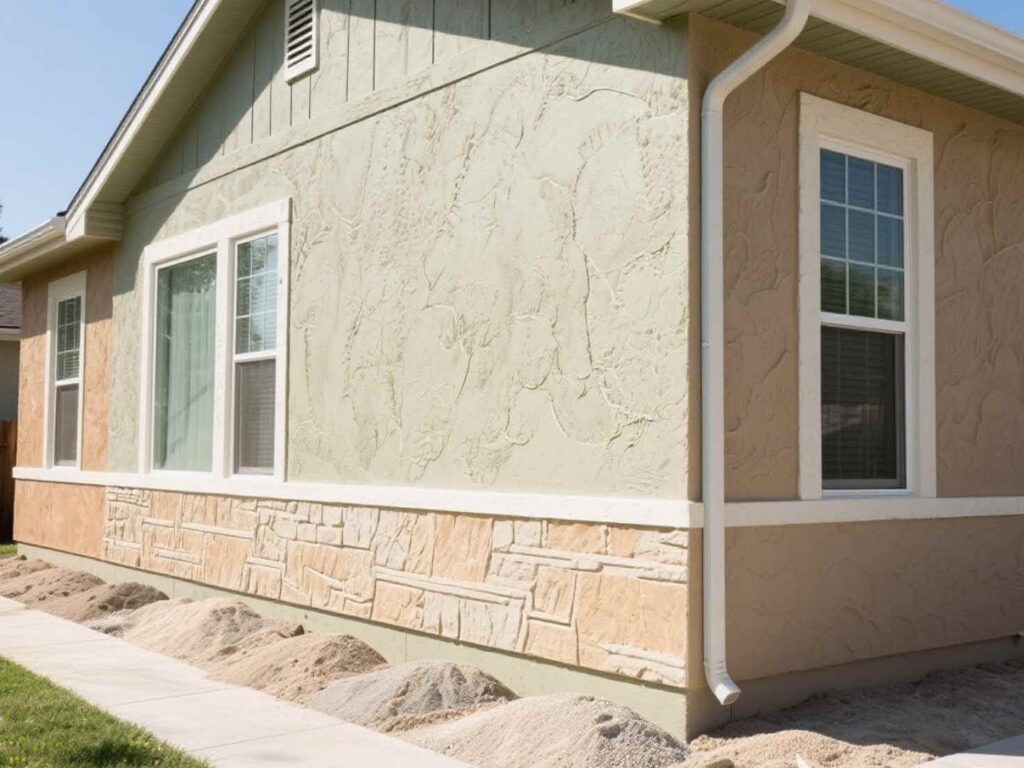
- Inexpensive Materials: Stucco is one of the more affordable siding choices because its main ingredients, cement, sand, and lime, are not expensive.
- Customizable Appearance: Stucco can be tinted to get the color you want or painted with regular exterior paint. You can also change its texture for different decorative looks.
- Durable and Long-Lasting: When properly installed and maintained, stucco can last for 50 to 100 years. (Efficiency Maine Home Energy Savings Program, n.d.)
- Weather- and Pest-Resistant: Stucco is applied as a seamless layer, so it forms a strong barrier against rain and snow. It also naturally resists fire, mold, rot, and termites.
- Low Maintenance: Stucco costs less to maintain each year than most other siding materials. (Stucco Siding – What is it, Pros & Cons and Costs, 2025) Usually, you just need to check for cracks and fill them in as needed.
Cons
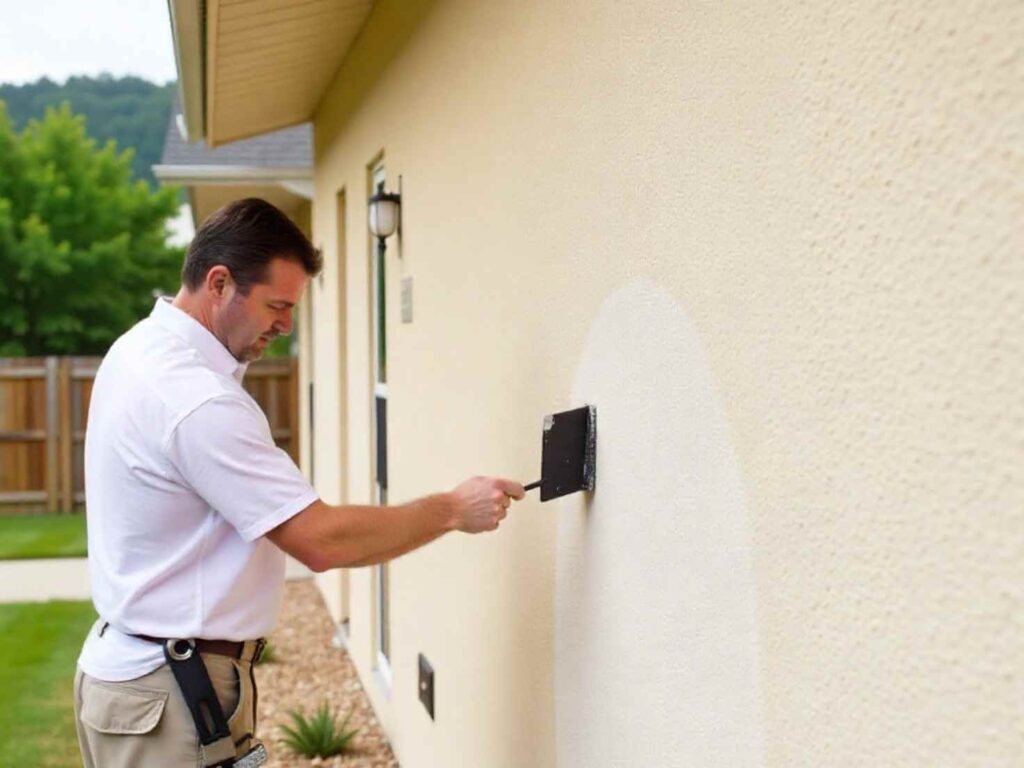
- Fragile and Prone to Damage: Stucco is brittle and can chip or crack easily if hit.
- Difficult to DIY: Putting on stucco takes skill, careful mixing, and good trowel work. Both installation and major repairs are usually best handled by professionals.
- Long Curing Time: Each layer of stucco needs plenty of time to dry. It usually takes 24 to 36 hours for each coat to set before you can add the next one. (7 Common Mistakes to Avoid in Stucco Installation That Pros Never Share, n.d.)
- Requires Regular Inspection: Stucco is easy to care for, but not maintenance-free. You should check it often for cracks and hose it down to keep dirt from building up.
How to Maintain Stucco
Taking care of your stucco is important if you want it to last. The main thing is to check your home’s exterior for cracks regularly. Weather can cause small cracks that will get bigger if you don’t fix them.
For small cracks, you can usually patch them with paintable acrylic caulk. For bigger holes or serious damage, it’s best to call a stucco repair professional.
It’s important to keep water away from stucco. Make sure sprinklers and downspouts don’t spray or drain onto stucco surfaces. Stucco resists water, but constant dampness and dirt can lead to mold and mildew. (How to Waterproof Stucco Siding 4 Ways, n.d.) Clean your stucco once or twice a year by rinsing it with a garden hose. For tough stains, use a mix of one part bleach to four parts water. Don’t use power washers, since the high pressure can damage the finish.
Frequently Asked Questions
Is stucco a type of concrete or cement?
Stucco, concrete, and cement share similar ingredients, but stucco is unique because it contains lime. (Stucco – Cement Plaster CP-100 Without Lime, n.d.) The lime makes it lighter and more breathable, allowing it to be troweled onto vertical surfaces. Concrete, on the other hand, is typically poured into molds.
Is stucco cheaper than concrete?
The materials for stucco are generally cheaper than those for concrete. However, they aren’t used for the same purposes. Concrete is a structural material, while stucco is a finish. Compared to fiber cement siding—another cement-based product—stucco installation is often more labor-intensive and expensive, although the raw materials are less expensive. (Fiber Cement vs Stucco: A Comparison Guide, 2025)
What siding material is stronger than stucco?
Most other common siding materials, including fiber cement, wood, and vinyl, are stronger than stucco and less prone to damage from impact. (Stucco vs Siding: A Complete Guide for Homeowners in Sacramento & the Bay Area, 2025)
How long does stucco last?
With proper maintenance, a stucco finish can last from 50 to 100 years, depending on the climate and local environmental factors. (Stucco Siding: Basics, Application, Pros & Cons, 2023)
Why can moisture be a problem for stucco?
While a well-maintained stucco finish resists water, cracks can allow moisture to seep in behind the siding. Once water gets trapped, it can be tough to dry out and may lead to significant structural damage over time. (Water Damage, 2023)
Is Stucco the Right Choice for Your Home?
Stucco is a durable, affordable, and customizable finish that has been used for a long time. It protects well against the weather and needs little maintenance if you take care of it. Still, it can be fragile and usually needs skilled workers to install.
By learning about stucco and how to care for it, you can decide if this classic material is the right choice to protect and improve your home for many years.





